A voice for the voiceless: a conversation with Marcus Wong
02/09/21. By Luisa Mitchell.
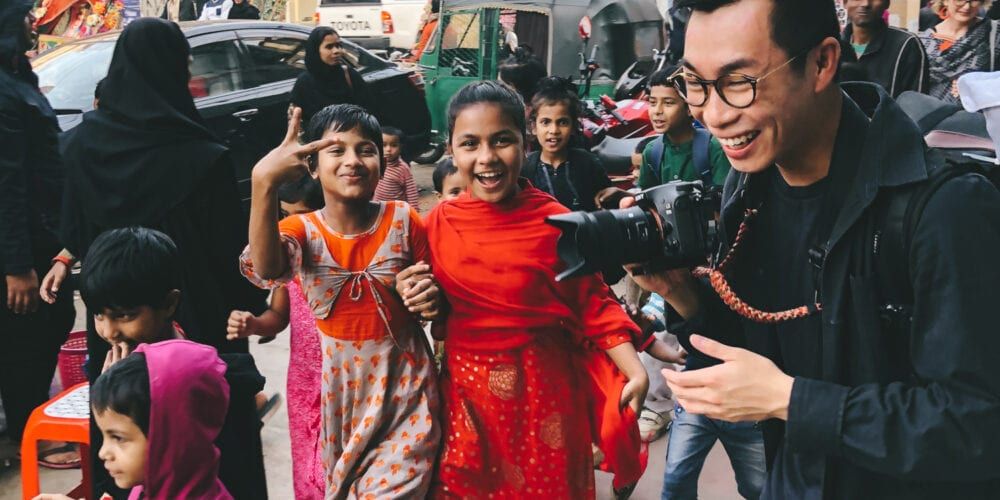
Image: Marcus Wong in Bangladesh. Photo supplied by Marcus Wong.
Australian photographer and filmmaker Marcus Wong strongly believes you can’t care about something you’ve never seen, and has made it his mission to share the voices of the voiceless with the world.
During his studies at Curtin University (BA Screen Arts, Creative Advertising and Graphic Design, 2018), Marcus travelled to the Rafiki Africa Ministries children’s home in Uganda on a volunteer trip. Utilising his creative skills, he worked to raise funds and build awareness of the organisation, and upon his return to Australia, staged an exhibition of his photographs which raised an additional $8,000 for the home.
We spoke to Marcus about his photography, inspiration and how he uses his art to support communities suffering from violence and poverty.
Hi Marcus. Can you tell us what your job entails?
My role is as a media consultant, working with small charities to create photographs and films they can use to raise awareness and funds for their organisation. I try to secure funding through grants so I can volunteer my time and provide media content for small charities in developing countries that have fascinating stories and do amazing work, at no cost to their charity.
Video filmed and edited by Marcus Wong for Rafiki Africa Ministries during his studies at Curtin University.
You started fundraising for charities at an early ages. What drives you to help people?
I think a lot of my drive comes from my church background and the way my parents raised me. From a young age it was ingrained into me to look out for other people and treat them like you’d want to be treated. I grew up with quite a strong work ethic and have always found inspiration by watching other people create. I think my eye and taste is always ahead of my ability, so I’ve never been quite happy with anything I’ve made, but I’m always learning and growing to catch up to my expectations of myself.
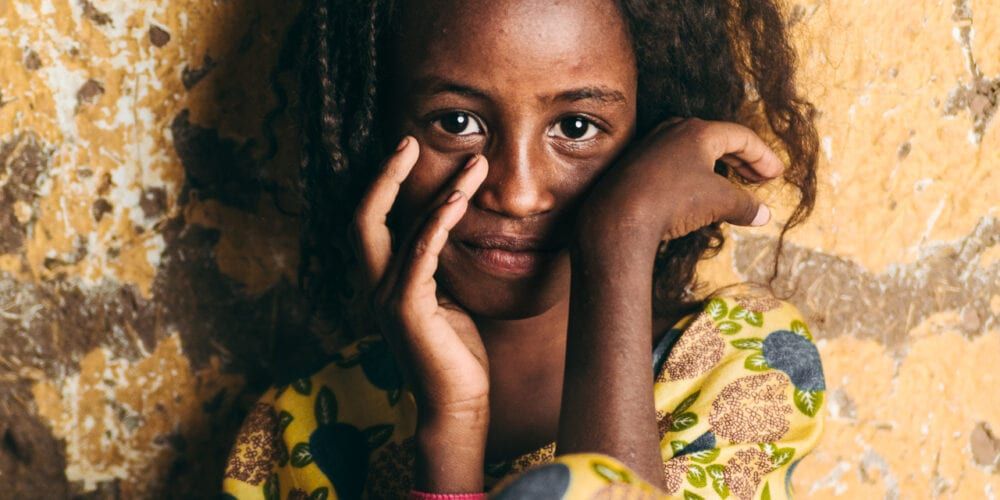
What was your experience in Uganda like?
My trip to Uganda was my first time flying internationally without my parents. It was just me, 19 years old, going to live with strangers for three months. It was terrifying. But being so immersed in the culture and with the locals – it was like having a second family.
I now think of my role there as like a Swiss army man. One part was creating media content for this organisation and the other part was looking after 21 kids of different ages – running activities with them, changing diapers, helping with their homework and lots of dancing. We danced every night.
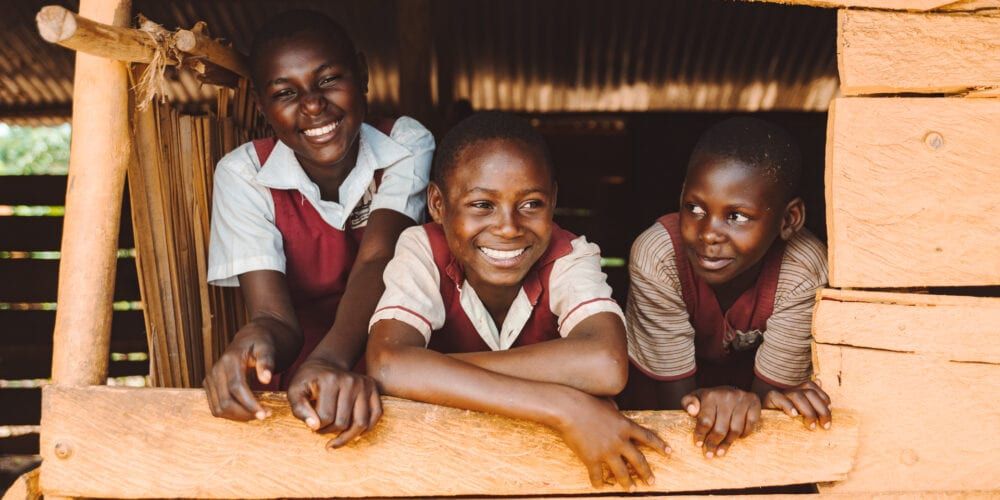
What were your biggest takeaways from this volunteering experience?
I realised how much I complained! I used to whinge about such trivial things, but after three months meeting people in developing communities who were surviving through subsistence farming where their livelihood was based on the performance of their agricultural produce, I realised my complaining was quite shallow. Now, if things don’t go my way, I remember how fortunate I am.
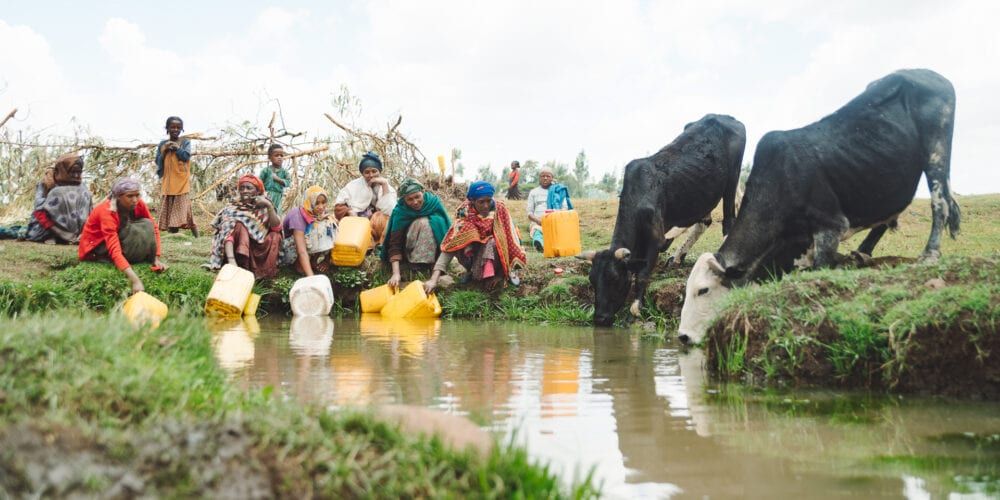
The photos you took in Africa are stunning. What are your secrets to taking such beautiful portraits?
I avoid taking quick snapshots of the first thing I see, and instead slow down to get to know the person’s story and their situation. I can then photograph with intentionality so the images can complement their story. I always note the camera height in relation to the subject, especially if they are sitting down or are a child, and move the camera down to their eye level.
My main focus is capturing the individual in a way that is intimate and personal, as if a viewer could see them and imagine having a conversation with them. Often the subjects are stuck in poverty because of circumstances they were born into, and I use the background to represent this in my photographs. By having the background out of focus, you are drawn to the subject and the potential they have as an individual to contribute to the world. However, the background is never completely removed from the shot, as it is a reminder of the obstacles of poverty that need to be overcome.
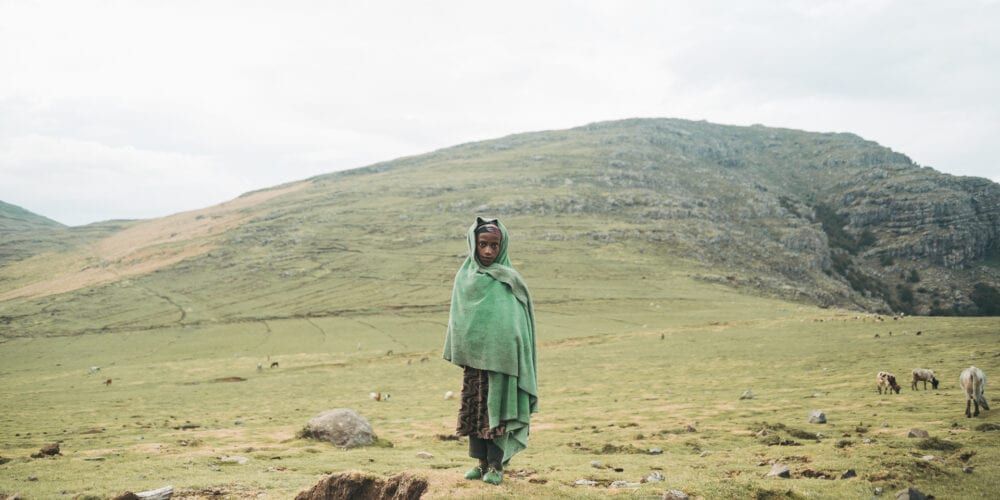
The bright colours and deep shadows in your photos create a rich, warm, but also moody look. Is this an intentional creative choice and do you think your photographic style might change in the future?
I use a large light source on one side of the subject to create soft but dark shadows, which is a look you rarely see in reality. It gives the photos a surreal look. It’s a style usually used for corporate or fashion photography, so seeing it applied in a photojournalistic way grabs your attention. This style is usually associated with expensive clothes and beautiful models but seeing it applied to a person living in poverty is quite thought-provoking.
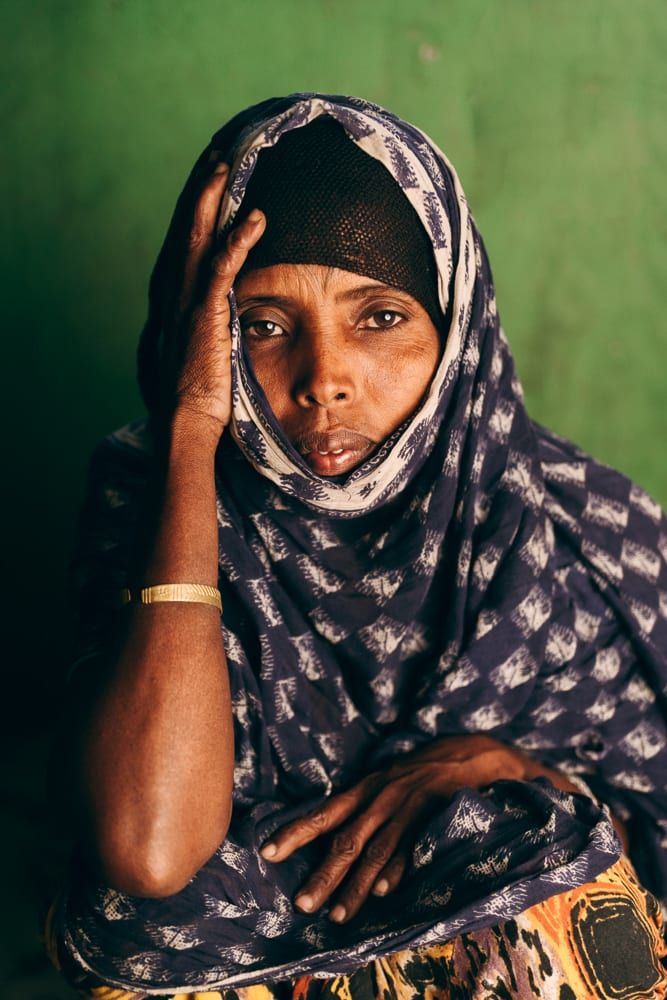
Tell me some of the stories behind your photos.
Each photo I take is a memory I have of the person I met and photographed.
The photo above, for example, was shot in Northern Ethiopia in the Afar region, known as one of the hottest and driest places on Earth. The Afar people are nomadic and move from place to place to take care of their livestock. They face many healthcare issues due to their remoteness and a lack of access to healthcare services. This photograph was shot during a project documenting women’s health and the efforts to reduce the practice of female genital mutilation. This lady was staying in a compound to teach Afar women basic literacy and healthcare skills so they could return to their nomadic group to teach their families the skills they learnt.
One of my favourite things to do after I’ve photographed someone is to bring a small pocket-sized printer with me and print a copy of the photograph for the subject to keep.
First photo: “This photograph was shot in a remote village in Uganda. Most of the people, including this mother and daughter, live as subsistence farmers. They eat the produce they grow, and if they have any to spare, they can sell what they have to earn a small income. While this is enough to survive, it leaves families in a fragile state where sickness, unexpected costs or a bad season can place them in debt.” – Marcus Wong.
Second photo: “This is a student from Buwooya Mission School in Uganda, which provides free education for students who cannot afford to go to school. This school is in a remote village near Lake Victoria where most families earn an income by fishing from the lake. By the age of 14, most of the children leave school to join them and spend the rest of their lives as fishermen. The school is made up of wood from the nearby forest and a tin roof over a dirt floor.” – Marcus Wong.
How is the reaction to your work back home? When people see your photos at exhibitions, what do they usually say to you?
The feedback I get always surprises me. I’ve had a few people come to me in tears at the end. I speak a lot about being content with what you have and emphasising that financially we’re a wealthy minority, not an average majority. That always resonates with people, but I also don’t believe I’m sharing anything new. I think we all already know those basic truths but we forget and need a gentle reminder.
I give out small, postcard sized prints at my exhibitions for people to remember the exhibition by, and it’s always special walking into someone’s house and seeing that they’ve kept it on their fridge as a reminder of those few basic truths.
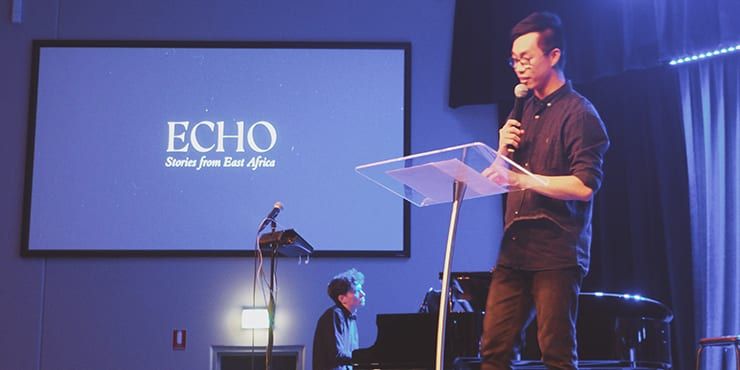
What was it like coming back to Australia after having your perspective changed so much in Uganda?
When I arrived in Uganda I braced myself to have a sort of culture shock, but in reality it was returning home that gave me a shock. When I arrived back in Australia, I immediately felt more anxious and stressed. I think a lot of it is due to the culture of consumerism. It’s so intrusive in Australia, like we have choice anxiety from so many options and numerous things being sold to us at once.
Video filmed and edited by Marcus Wong.
What other issues do you find concerning about the world we live in today in relation to global wealth inequality?
One of the difficulties with solving an issue like this is that the problem is often out of sight. It’s either in a different country or a different suburb so it isn’t a pressing issue. I believe wealth inequality is one of the greatest modern-day challenges we face. If we manage to reduce the level of inequality, in the future we may look back at it in the same way we look back at slavery. It’s quite easy to condemn previous generations for being blind to the injustice of slavery, but I also think so many people are currently blind or apathetic to the injustices of global wealth inequality.
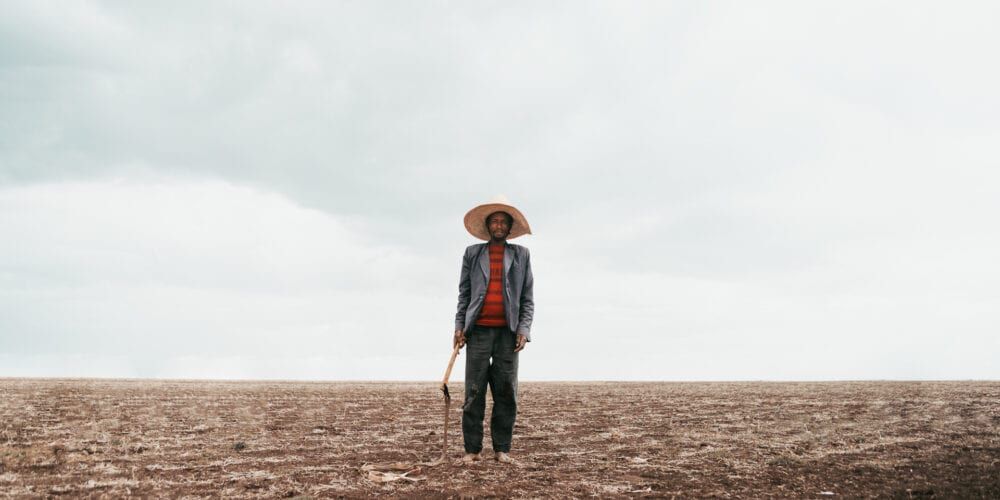
I guess that’s where your work comes in—to remove that ‘out of sight, out of mind’ mentality. You’ve also helped women facing violence and poverty, like when you worked for the Association for Women’s Sanctuary and Development. Has this been challenging for you to witness?
A huge challenge in documenting stories about the struggles women have faced through violence and poverty is simply that I am not a woman. Most of the process of working on these kinds of films is listening to their stories and building a relationship with them off camera.
What was also surprising was hearing how much violence and exploitation was connected to poverty. A lot of the stories I heard from women’s refuge centres revealed that in their desperation to provide for their family, they would fall victim to human trafficking, leading to abuse. In these kinds of projects, I try to take a fly on the wall approach and let them share their own story.
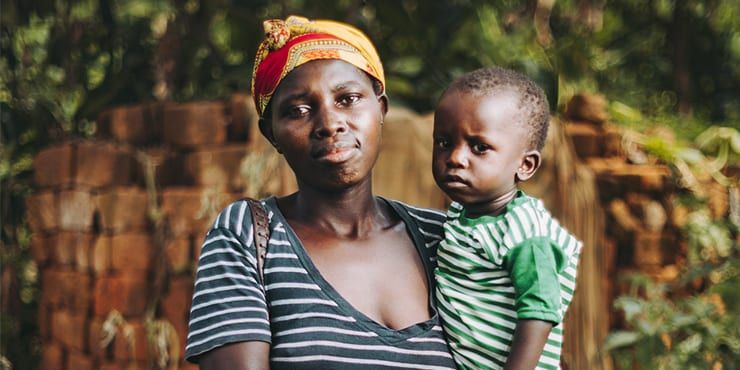
Do you see yourself continuing to tell stories of people who are at-risk, vulnerable or struggling with inequality, or are there other goals you would like to achieve?
With international borders closed due to COVID-19, I am now studying a Masters in Secondary Education, which will allow me to be a high school teacher. I might not always be behind a camera, but I hope to always be working with people. Journeying with students through six years of their high school life has the potential to leave such an impact on their lives.
Some of your biggest teachers have been people living in poverty. What did they teach you?
One of the most valuable life lessons I learnt was from someone who grew up in a slum in Uganda. He was sponsored by someone to receive an education and healthcare services, which helped him escape poverty. He shared with me that we should ‘live simply, so that others may simply live.’
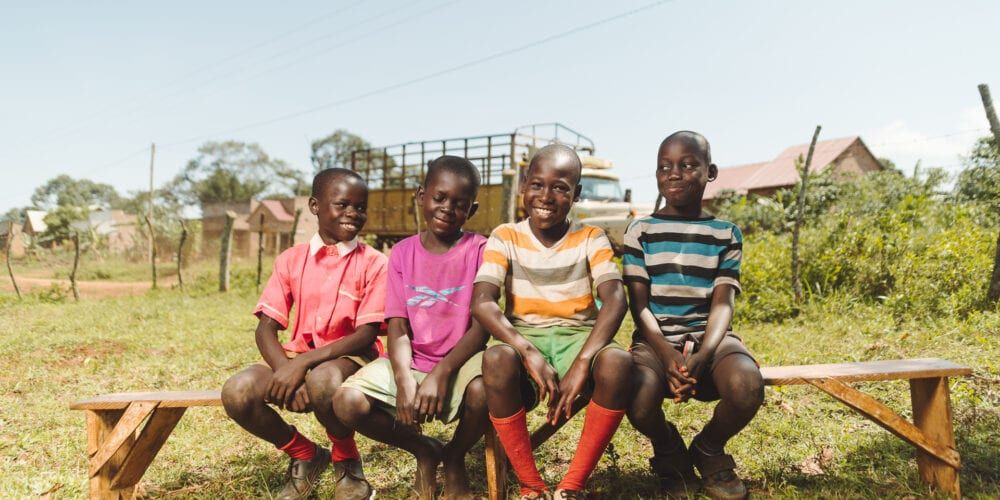
How do you see yourself contributing to a better future and do you have any advice to give others who want to do the same?
It can be overwhelming looking at an issue like global wealth inequality, and the idea to ‘change the world’ is daunting. But I think if you aim to change someone’s world, that’s an achievable goal.
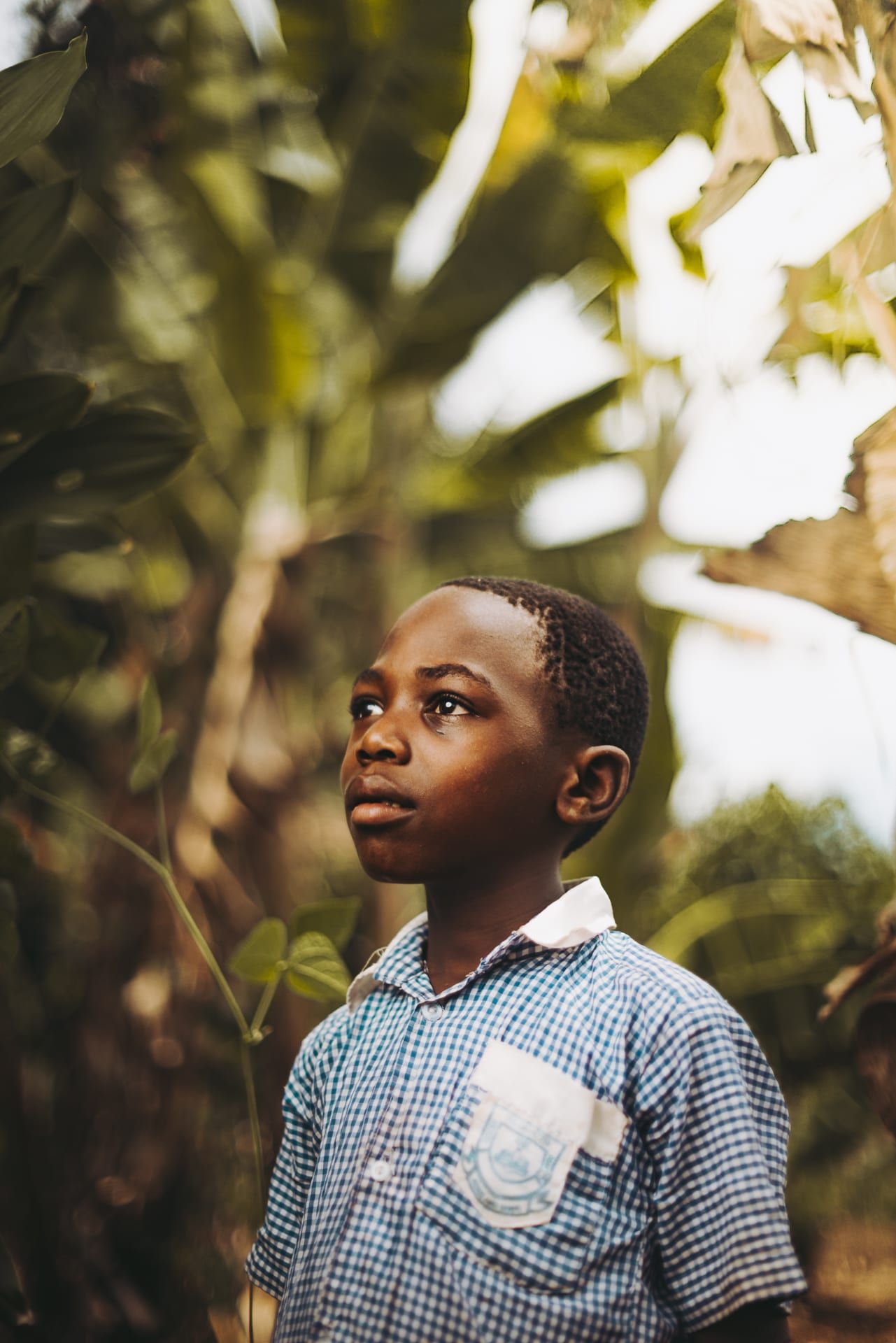
Watch the video below to learn more about Marcus.
All photos and videos featured in this article are by Marcus Wong.
___
Explore more information featured in this article

Support student scholarships
Marcus was supported by the John Curtin Scholarship Program which allowed him to travel to Uganda through Curtin University. Find out how you can support other students through scholarships.

Alumni Awards
Marcus Wong was the 2020 Young Achievement Alumni Award winner. We celebrated his mission to serve others and share peoples’ stories to promote social justice. Find out more about the Alumni Awards.

